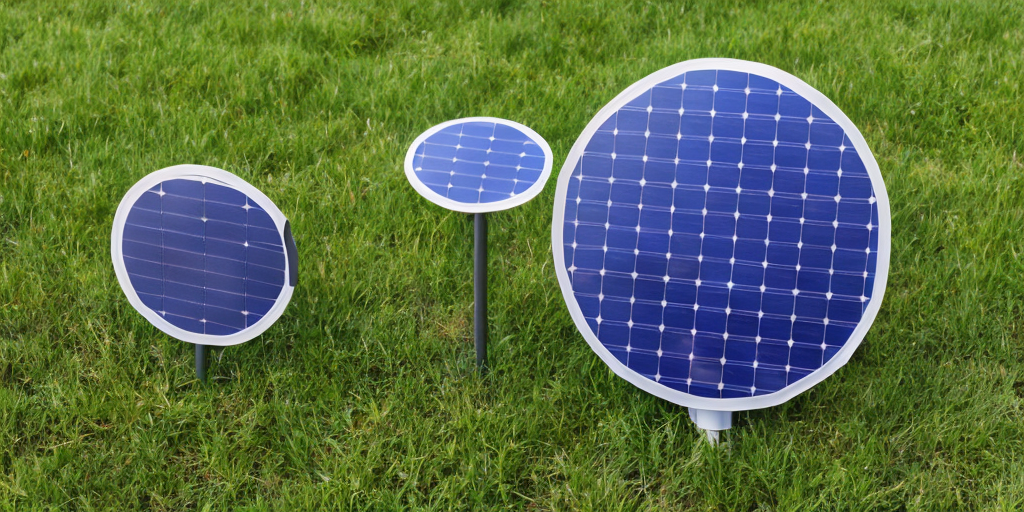
Unfortunately most items don’t have standardized labeling. You can frequently find “contractor grade” or 'builder grade" listed but you won’t find much beyond that because no one wants to put 'retail grade" on anything. You have to look at the items. Does it look like metal but it’s plastic? Trash.



For me aircraft grade aluminum is right up there with space age technology. The space age was 50 years ago.